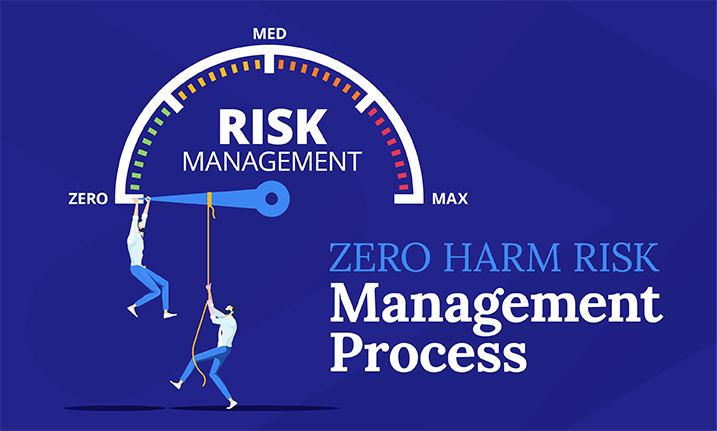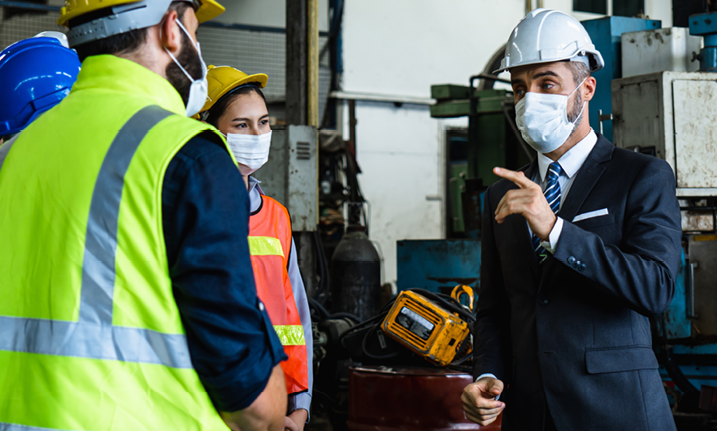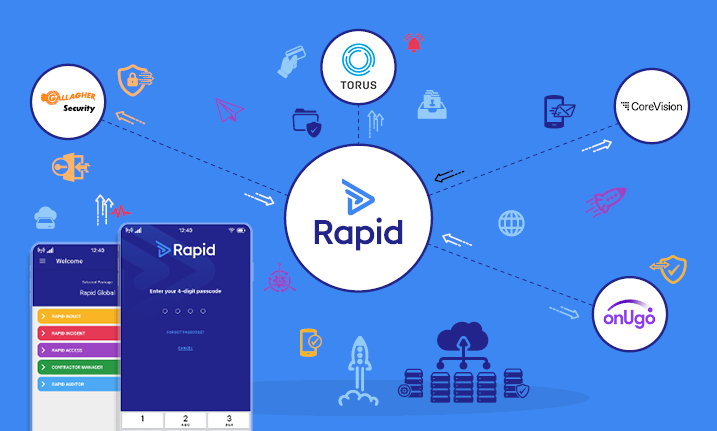

Businesses of all sizes and shapes are required, so far as is reasonably practicable, to consult with all directly affected workers on matters that directly relate to work health and safety.
Often businesses overlook that contractors can also fall into the category of “directly affected workers”. Failing to consult with contractors in such situations can be a breach of work health and safety regulations. In Australia, the maximum penalty for a breach of this duty is $100,000 for companies and $20,000 for individuals.
What is vertical consultation?
Vertical consultation is the process of communicating and consulting with all directly affected workers (not just employees). It is a process through which the workers are not only informed of relevant information (i.e. relating to safety) but are given an opportunity to communicate their views, have their views considered and potentially influence the decision-making process.
As Michael Tooma, a leading expert in occupational health and safety, states in Due Diligence: Horizontal & Vertical Consultation “…consultation does not mean negotiation. The views of the workers need not be adopted. The duty merely requires those views to be taken into account by the duty holder – the relevant person conducting the business or undertaking”.
Why is vertical consultation so valuable?
The business management team is often well placed to make strategic decisions in relation to workplace practices. However, unless they also perform every aspect of the job, they have only a partial understanding of all of the risks that are involved.
When consultation occurs between management and all workers involved in the workplace, a fuller picture of the risks, safety implications and procedures required begins to emerge. Hearing the voices of all workers affected is the best way to ensure sound decisions are made.
When contractors are engaged to perform some of the tasks, for example routine maintenance of equipment, they can easily be overlooked as an important voice in this consultation process, especially if their contract is managed remotely.
When is it appropriate to consult with contractors?
Consultation with your contractor workforce is important when:
- Identifying hazards and assessing risks to work health and safety
- Making decisions that may affect the environment in which they work
- Making decisions about the procedures for workforce management such as resolving or monitoring safety issues
Any changes that affect the health and safety of workers should be a trigger for vertical consultation with contractors that make up the workforce affected.
Software such as Rapid Contractor Management as provided by Rapid Global can form the basis of a sound contractor management strategy and allows greater control and knowledge of your contractor base. Communication and consultation with contractors can only occur when you know exactly who your contractors are, they are categorised correctly and are compliant in all aspects.
Where contractors are controlled by the principal (that is they are operating within your safety management system) they have more in common with employees than independent contractors. These contractors might even be integrated with direct employees such as labour hire workers.
Rapid Contractor Management software can assist with the selection of and categorisation of these contractors by ensuring that there is a fully documented process and all contractors are registered and inducted.
Many businesses will create separate online induction courses for contractors according to their categorisation. For example, labour hire contractors might have an induction course that closely resembles the employee induction, whereas sub-contractors might be managed through a more modified online induction course in the Rapid Induct software system.
This also extends to effectively training contractors in the use of the incident reporting tool such as Rapid Incident Reporting software. Consult with your contractors to ensure that they are included in the incident reporting process and provide a mechanism for their views to be heard whenever risks are identified.
Overall, it is important to ensure that your business is taking seriously its duty to consult with all workers in the workplace, including contractors. Managing contactors effectively and providing contractors with the ability to be heard and consulted in relation to workplace safety translates to greater knowledge of the workplace and more effective management of workplace risks.







